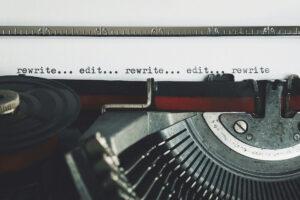Literary magazines are flooded with submissions. I would know. As a first reader for a creative nonfiction literary magazine, I am often the first person to read a submitted manuscript and decide if it is worthy of publishing. During my tenure, I have come across mistakes and missteps writers repeatedly make, resulting in a loss of time, energy, and money on the writer’s part. To increase the chances of your manuscript going beyond the desk of the first reader, here are some practical tips to get your piece one step closer to publication.
Carefully read and follow the submission guidelines for the literary magazine. I have seen many manuscripts rejected during the intake phase (before they are even read) because they did not follow the submission guidelines. Guidelines are typically found on the magazine’s website or Submittable page and tells the writer how to prepare and submit their manuscript to the magazine for consideration.
Magazines differ in what they ask for regarding the contents and format of your manuscript. Some don’t want you to include any identifying information (name, contact information, etc.) in the file you submit. While others want the word count on the first page. Most magazines will detail the font, typeface, and spacing of the manuscript, but not always. When in doubt, format your manuscript to be 12-point font, set in Times New Roman, and double spaced.
Pay close attention to the number of pieces you can submit at a time. Is there a minimum or maximum number? Should the pieces be submitted separately or together? When deciding on which pieces to submit, the answer is simple: your best pieces.
One of the fastest ways to get your manuscript rejected during the intake phase is by submitting a piece that goes over the length restriction. Check to ensure your word count is within the submission guidelines. Length restrictions can vary widely depending on genre (poem vs. personal essay) or department (feature vs. flash). Every magazine is different, but that is okay because it means there is something out there for everybody.
Adhering to submission guidelines is the first step in your manuscript making it past the intake phase and to the magazine’s first reader.
Bonus tips: Unless otherwise noted, number each page and do not include writing notes or a synopsis.
Consider if your piece is an appropriate fit for the literary magazine. Sometimes this is as simple as not submitting poetry to a magazine that only publishes personal essays. But other times, the writer must do a bit more digging to determine if their piece fits the voice, tone, mission, etc. of the magazine. The magazine’s first reader is on the lookout for a match, so use this to your advantage.
How can you determine if your piece is a good fit? Read other published pieces from the magazine—preferably recent ones. Subscribe to their newsletters to see what they talk about most often. Check out their masthead and see what type of work the editors do and what type of stories they enjoy reading.
Most magazines outline the types of stories they typically publish. Some seek to tell stories about grief, while others prefer to tell stories that are humorous or hopeful. Do your due diligence and submit pieces that fit the magazine’s voice.
Bonus tip: Proactively seek out literary magazines that publish the writers you like. Most writers read other writers in their genre. Look at a collection of poems, personal essays, or other works by a writer you admire and see where those pieces were first published.
Before submitting your piece to a literary magazine, workshop it. First readers for literary magazines are looking for polished pieces that are ready to go to print with little to no edits needed. This means writers must do some work upfront to ensure the draft they submit is the best it can be. Every story benefits from generative feedback and revision, even yours.
Before submitting, read your piece aloud. This can help tighten up pacing and unveil grammatical errors. Consider workshopping your piece with a writing group. A lot of writers do their best work while in-community, trust in your community to provide well-meaning feedback. Or enlist beta readers (family and friends) to read your manuscript and provide feedback.
You may also consider hiring a developmental editor, especially if you are writing a personal essay meant to showcase your potential ability to write a book-length manuscript. Book publishers often read personal essays published in literary magazines in search for stories that can be turned into book-length narratives. Developmental editors can help you fix issues within your story related to intention, character, structure, theme, and tone, and get you on set you on the right path to publication.
Bonus tip: Beta readers need prompts. Give the beta reader a few questions to answer like: What are the strengths of the piece? What kept your interest? Where did the story become confusing or slow? What was your embodied response to the story? This will assist the beta reader in providing feedback that is helpful to you and your story.
Remember, rejections are a part of the writing life. You will receive more rejections than acceptances. But I am hopeful that the tips provided here will get you one step closer to that acceptance. Good luck. Keep writing.





